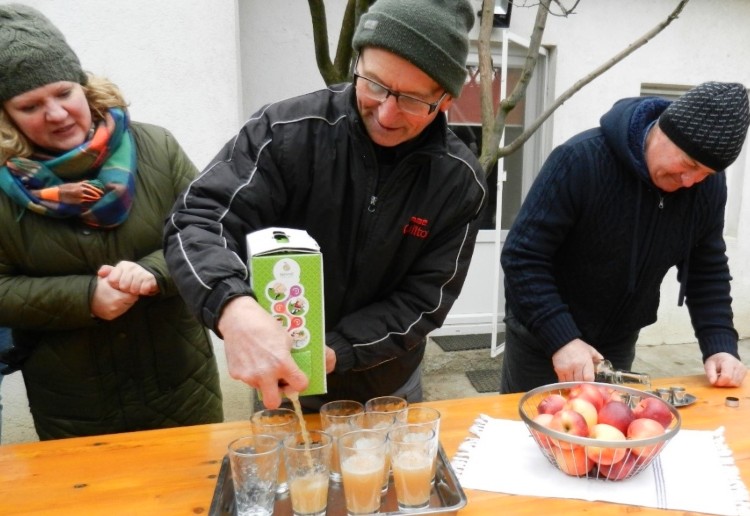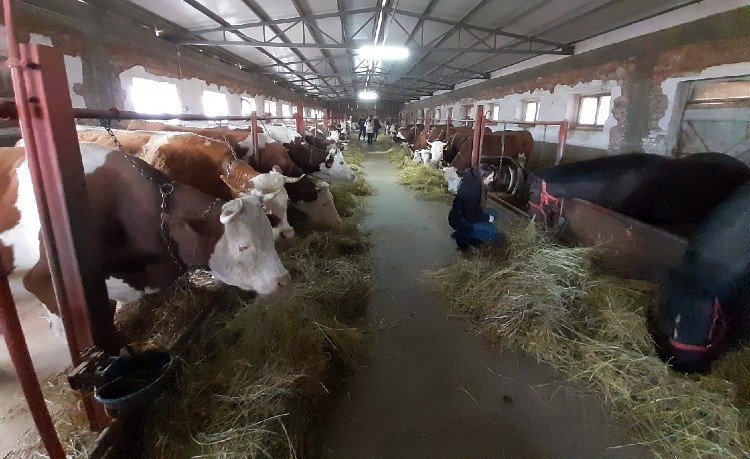“There is nothing permanent except change.” Heraclitus (Greek philosopher, c. 535 BCE-c)
The perception that we live in a world of continual change is not new. Humans, it seems, are hard-wired to seek out novelty and explore new information or situations for reward and to reduce uncertainty[1]. This may have evolved for several reasons, including encouragement for exploring our environment, and as an evolutionary defence mechanism in an environment of perceived danger, conflict, changes in climate, and irregular cataclysmic events.
In the current economic climate, we tend to focus attention on technological improvements that generate greater efficiency in energy and resource use within economic systems in order to maximise profit. Everyone it seems, wants innovation[2], improvement and greater impact; although that does not prevent the occurrence of inefficiency, poverty, pollution, environmental destruction, biodiversity loss, and huge amounts of waste. There is an inherent contradiction in human nature because, despite the apparent desire for innovation and novelty, resistance to change is also a constant[3]. Any form of innovation has multiple barriers to overcome. Those benefitting from the current system (whatever it may be – economic, social, political, religious, or cultural) are likely to resist change that is perceived to threaten their status, income, or wealth. Institutional arrangements such as ‘ways of doing, customs, traditions, and the current framework of rules and regulations controlling societies all act as a drag or brake on innovative action, requiring deeper understanding of the socio-cultural context in order to design policies that will achieve desired outcomes.
The FARMWELL Project
Measuring the outcomes of change is of prime concern in our current FARMWELL project[4] that is looking at social innovations for improving farmer wellbeing using a Social Return on Investment (SROI) methodology. We are exploring outcomes from innovative projects currently being implemented in six EU Member States, and analysing the relationship between resources being invested and the nature of benefits generated. If change is a constant then we need to understand how innovation creates beneficial outcomes within a range of policy contexts in which they operate; and, if resistance to change is also a constant, then we need tools that provide evidence of benefits in order to persuade stakeholders of the value of change.
Last month, at the FARMWELL project meeting, we had the opportunity to get a glimpse of the situation facing small-scale farmers in the Brașov area of Transylvania, and the difficulties they face in developing innovative solutions to survive in a socio-economic and political environment that has experienced almost constant change over the last two hundred years and is still undergoing transformation following the collapse of communism and accession to the European Union.
Issues facing small-scale farmers in the Brașov area
We were fortunate, in the final afternoon of the FARMWELL meeting to be able to explore a little of the rural area around Brașov, to see how local farmers are dealing with agricultural challenges and change. We were not so fortunate with the weather as it had snowed all morning and then got colder with an effective temperature of -10oC with the wind chill by the time we got out to the farms. We experienced first-hand why the area around Brașov is often the coldest in the country, sitting in a bowl at an altitude of 540 metres surrounded by the Carpathian mountains[5].
Four farmers were visited[6], starting with a semi-subsistence farming family producing apples on around one-third of a hectare of land on the outskirts of a village. The farmer had not been able to get any CAP funding, instead investing his own money into buying trees from a research institute and ‘learning by doing’. In 2022, despite dry conditions, he was able to produce 9 tonnes of apples from his trees. The best are stored and sold locally during the winter as fresh fruit, the second best are pressed to produce juice, and the lowest quality fruit is distilled to make palincă. Waste products are fed to pigs in a sustainable system maximising the benefits from his crop. The small land area cannot provide sufficient income, he cannot access more land and therefore also has another job.


The second visit was to a sheep farmer living on a riverine flood plain with his wife and a flock of more than 800 sheep. It was a more remote location, reached by bouncing in the cars down dirt roads across fields for more than a mile. The farmer is 70 years old and has been managing sheep since he was 8 years of age, though the last 30 yrs have seen more challenging conditions for a result of the decline in wool value and loss of state support[7]. He has 50 ha of land and rents additional grazing land as well as having common grazing rights.
The third farm belonged to some of their children, who had invested in the purchase of buildings that previously formed part of a state cooperative farm left derelict following land restitution in the early 1990s. They had some working horses, 80 dairy cows and a flock of sheep. The highest value product from the farm was the milk from the cows, sold locally for processing. Like dairy farmers in many other parts of Europe they face a profit squeeze with rising input costs while getting minimal income from sale of the milk. The other high value product was sheep cheese, sold direct through farm markets. However, due to the large number of producers and high demand for limited stall space they were not able to get a licence to sell their cheese in the local market and had to travel two hours each way to a different region in order to be able to engage in direct sales, thus increasing their costs and limiting profitability. Efficient marketing of agricultural produce continues to be a problem for many small farmers across the country.


This was an interesting example of farm succession, with young people entering what is widely perceived as a difficult and aging agricultural sector[8] in order to continue the family tradition. Additional problems include very low values for wool[9] and an inability to benefit from EU CAP support as they had no capital of their own to provide the required match funding. In terms of innovation, however, they were in discussion with local firms to explore opportunities for producing insulation for the construction industry from the wool being produced, as well as considering other options for adding value to their produce.


The final visit was a small organic farm producing vegetables for direct consumption through provision of high-quality meals produced on site to tourists. The food produced is organic and meals prepared from traditional Saxon recipes, building on the increasing number of German visitors to the area. The business is run by two women who invested their own savings in restoration of an old Saxon farm and creating a glass-walled extension to the farmhouse with seating for large groups.
Three issues came across quite strongly from the visits. First, that none of the farmers were able to access EU support to develop or improve their farms, or diversify in order to add value. All four had invested their own savings into perceived local opportunities. Secondly, there is a lack of advisory support for small-scale farmers in the area, and third, despite the difficult economic conditions these farmers were surviving through innovating and experimenting with different ways of adding value and generating income. It was a valuable reminder that even where wider transformational change is incomplete, and uncertainty exists, there are those who will take a risk and explore opportunities through innovative action.
[1] Dubey, R., & Griffiths, T. L. (2020). Reconciling novelty and complexity through a rational analysis of curiosity. Psychological Review, 127(3), 455–476. https://doi.org/10.1037/rev0000175
[2] https://www.europarl.europa.eu/factsheets/en/sheet/67/innovation-policy
And, European Commission (2022) A New European Innovation Agenda. COM (2022) 332 final.
https://eur-lex.europa.eu/legal-content/EN/TXT/?uri=CELEX%3A52022DC0332
[3] Oreg, Shaul. (2003) Resistance to Change: Developing an Individual Differences Measure. Journal of Applied Psychology, Vol. 88, No. 4, 680–693.
[4] https://farmwell-h2020.eu/
[5] The area is known as the ‘cold pole’ of Romania. Romania’s coldest temperature of -38.5oC, was recorded in Bod (the first village we visited), Brasov County, in January 1942. https://www.wildtransylvania.com/p/winter.html
[6] See the short video of the trip entitled: ‘Mândru să fiu gospodar – O frântură din raiul nostru’ (Proud to be a farmer – A glimpse into our heaven). https://www.youtube.com/watch?v=38wgBl4jcsI
[7] Ilişiu, E., Dărăban, S., Radu, R., Pădeanu, I., Ilişiu, V.C., Pascal, C., Rahmann, G. (2013) · Landbauforsch · Applied Agriculture Forestry Research, Vol.63, pp. 161-170.
[8] Ciutacu, C., Chivu, L., and Andrei, J.V. (2015) Similarities and dissimilarities between the EU agricultural and rural development model and Romanian agriculture. Challenges and perspectives. Land Use Policy Volume 44, Pages 169-176.
[9] http://wovember.com/2016/11/23/oi-si-lana-in-romania-sheep-and-wool-in-romania/




